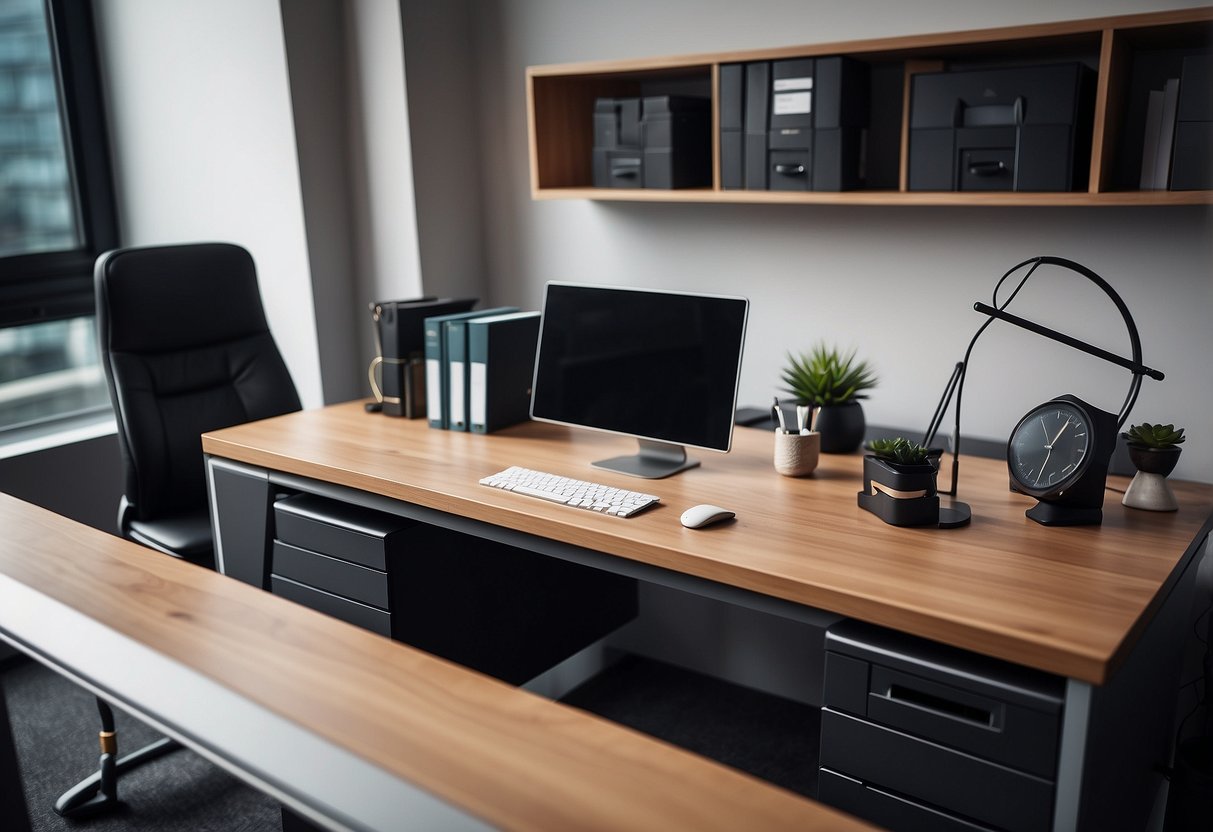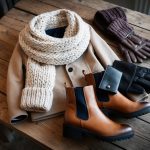
Fabrics and Materials
Selecting the right fabrics and materials for professional attire can significantly impact comfort, appearance, and maintenance. It is essential to understand the benefits and drawbacks of various fabrics to make informed choices.
Natural vs. Synthetic Fibers
Natural fibers such as cotton, wool, and silk are popular for professional clothing. Cotton is breathable and comfortable, making it ideal for shirts. Wool, known for its insulating properties, is often used in suits, keeping the wearer warm.
Silk adds a touch of luxury and is typically used for ties and scarves.
Synthetic fibers like polyester, nylon, and rayon offer durability and resistance to wrinkles. Polyester blends well with other fabrics, enhancing a garment’s longevity and ease of care. Nylon is lightweight and strong, providing flexibility and support in various clothing items.
Rayon has a silky texture and drapes well, making it suitable for elegant office wear. Each type of fiber has its advantages, influencing the choice based on the work environment and personal preference.
Seasonal Fabric Choices
Seasonal fabric choices can enhance comfort and appropriateness in professional settings. During warmer months, lightweight fabrics like linen and cotton are preferred. Linen keeps the body cool by allowing air circulation. Cotton, being absorbent, manages moisture effectively.
In colder months, heavier fabrics like wool and flannel provide warmth. Wool traps heat, making it a good choice for winter suits and coats. Flannel, known for its softness, is often used in shirts and suits for added insulation.
Choosing the right fabric for the season ensures comfort and maintains a polished appearance.
Building a Versatile Work Wardrobe
Creating a versatile work wardrobe involves selecting items that can be easily mixed and matched, and maintaining a streamlined collection of pieces that are both functional and stylish.
Investing in Interchangeable Pieces
Opt for essential clothing items that seamlessly blend with one another. A classic blazer in a neutral color can be paired with various tops and bottoms. Well-fitted trousers in versatile shades like black, navy, and grey provide a strong base for different outfit combinations.
Tailored shirts in solid colors or subtle patterns offer a polished look and can be paired with skirts, trousers, or layered under sweaters. Incorporating these key pieces ensures that dressing for the office becomes straightforward and quick, while maintaining a professional appearance.
Maintaining a Capsule Wardrobe
Adopting a capsule wardrobe approach means keeping a curated selection of essential items that don’t go out of style. Focus on quality over quantity, choosing items made from durable fabrics that withstand frequent wear. Rotate pieces seasonally to keep the wardrobe fresh and functional.
Having a limited but coordinated collection eliminates the stress of outfit selection and promotes sustainable fashion choices. Regularly assess the wardrobe to ensure that each piece remains relevant and suitable for the evolving professional environment.



